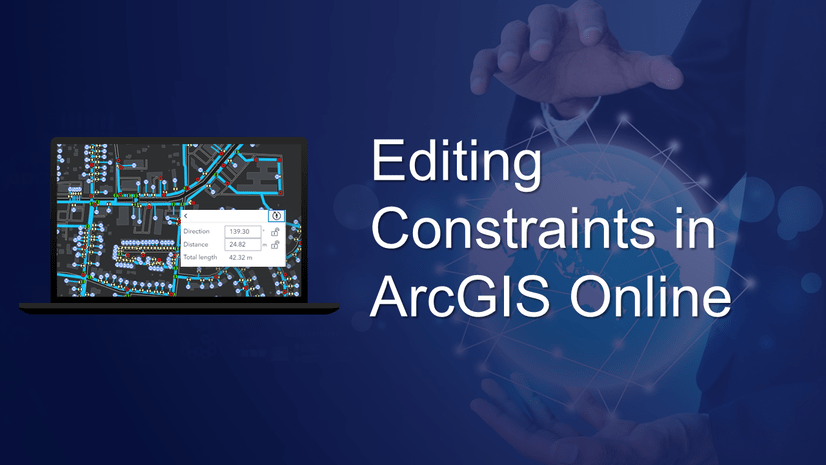“Everyone designs who devises courses of action aimed at changing existing situations into preferred ones.”
—Herbert Simon, political scientist (1916–2001)
Geodesign provides a planning methodology and approach to project design and decision-making, and it is best practiced by a community of collaborators. A technical design approach is also involved. Once objectives for a project are articulated, professionals survey and characterize a landscape. They identify its special resources and the opportunities to support a project as well as the constraints that limit what might be possible or practical. GIS is often used in this phase to perform suitability and capability analysis. These results are used to generate the landscape of opportunities and constraints. Subsequently, design alternatives are sketched onto the landscape, and further GIS analysis is used to evaluate, compare, and analyze the various design alternatives.
The practice of geodesign requires collaboration among project participants. The most important aspect is the feedback and ideas that are generated by the participants—including local citizens and stakeholders who may be affected. Most geodesign activities are about this kind of community engagement and consideration. GIS provides a useful tool for others to participate in the evaluation by providing the ability to consider the issues of other stakeholders.
Many problems in the world are not well defined, not easily analyzed, and not easily solved. What we do know is that the issues are important and require thoughtful consideration. They are beyond the scope and knowledge of any one person, discipline, or method. People must begin to understand the complexities, and then figure out ways to collaborate. Collaboration is a common thread, and social benefits are the central objective.
Geodesign, as an idea, has the potential to enable more effective collaboration between the geographically oriented sciences and the multiple design professions. It is clear that for serious societal and environmental issues, designing for change cannot be a solitary activity. Inevitably, it is a social endeavor.
—Adapted from A Framework for Geodesign: Changing Geography by Design by Carl Steinitz
—–
This post is excerpted from The ArcGIS Book, Second Edition: 10 Big Ideas about Applying The Science of Where, by Christian Harder and Clint Brown. The twin goals of this book are to open your eyes to what is now possible with Web GIS, and then spur you into action by putting the technology and deep data resources in your hands. The book is available through Amazon.com and other booksellers, and is also available at TheArcGISBook.com for free.

Commenting is not enabled for this article.